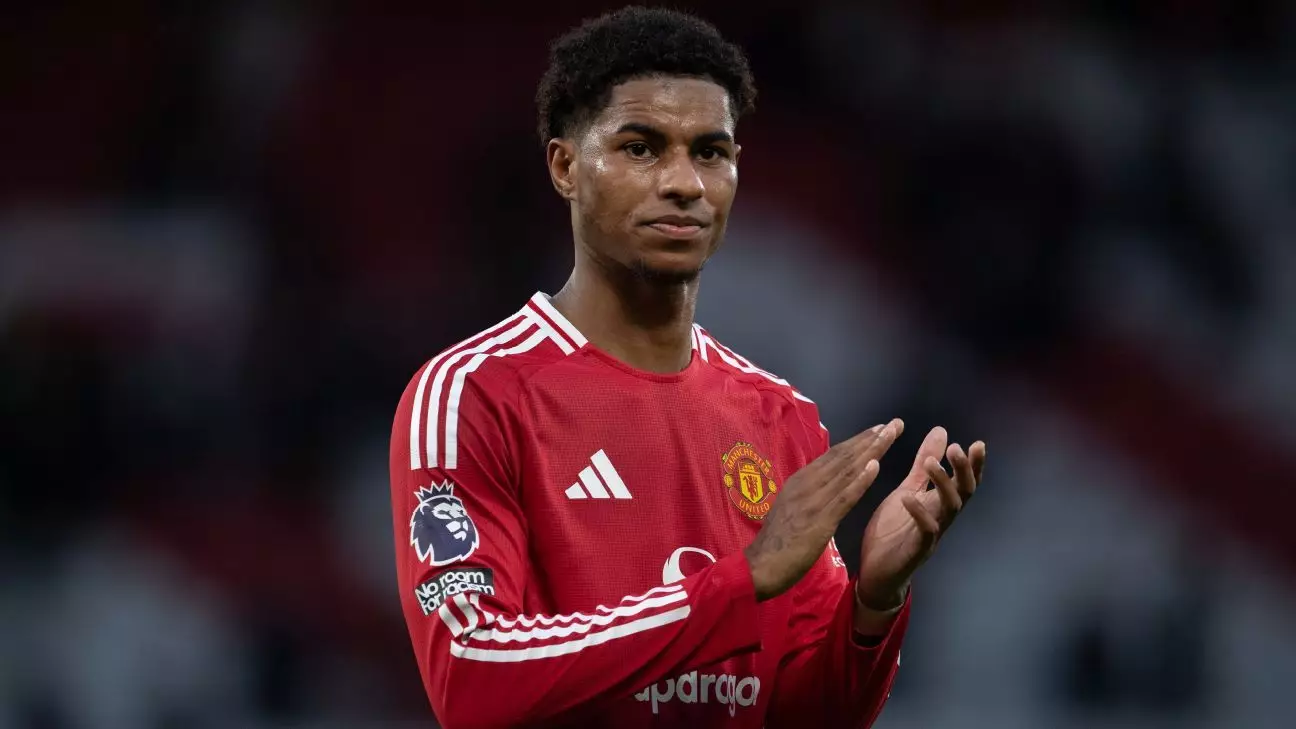The January transfer window, a key feature in the football calendar, has officially opened, inviting clubs across England’s Premier League to bolster their squads for the 2024-25 season and beyond. This biannual event not only shapes the immediate trajectory of teams but also influences long-term strategies concerning player development and financial management. As clubs prepare their bids and negotiate contracts, various narratives are emerging, particularly concerning notable player movements and the differing dynamics of transfer windows across Europe.
The Premier League transfer window allows teams the chance to sign new players until it closes at 11 p.m. GMT (6 p.m. ET) on February 3, 2025. This opening isn’t exclusive to the Premier League; it is part of a wider system across England’s football hierarchy and extends to top leagues in France and Germany. Nonetheless, variations exist, particularly in Spain and Italy, where the windows open later. LaLiga’s window closes at midnight local time on February 3 (11 p.m. GMT, 6 p.m. ET), while Ligue 1 offers a quicker timeframe, shutting down an hour earlier (10 p.m. GMT, 5 p.m. ET). Each league follows its own set of rules, but the underlying premise remains the same: clubs must plan strategically to leverage the market to their advantage.
Historically, the winter transfer window has elicited significant financial appetite among Premier League clubs. However, recent trends illustrate a decrease in expenditure. During the January 2024 window, Premier League clubs collectively spent around £100 million ($127.7m), which was a staggering £715 million lower than the record-setting £815 million seen in January 2023. Notably, the only other instance of reduced spending in this timeframe since January 2012 occurred in January 2021 during the pandemic. The limited spending in this latest window culminated in Tottenham Hotspur’s purchase of Radu Dragusin for approximately €25 million ($27.3m) with potential add-ons—a stark contrast to the previous year’s wild spending sprees.
Interestingly, while English clubs showed restraint, a contrasting trend appears in the overall “top five” European leagues, witnessing an increase in spending from €255 million in January 2023 to €455 million in January 2024. This discrepancy raises questions about the operational strategies of Premier League clubs, as they weigh the immediate needs against long-term sustainability.
As the window opens, speculations regarding player transfers gain momentum, particularly focusing on stars whose future with their current clubs appears uncertain. Manchester United’s Marcus Rashford has emerged as a key subject of discussion. The forward, who joined United at a young age, hinted at a desire for new challenges, especially after being excluded from a crucial derby match. His situation encapsulates a growing sentiment among players yearning for career advancements, showcasing the psychological aspects of the transfer process.
Liverpool finds itself navigating through speculative waters involving Mohamed Salah, Trent Alexander-Arnold, and Virgil van Dijk, all of whom face contract expirations at season’s end. Without signed extensions, these players can engage in discussions with non-English clubs, potentially moving as free agents. Similarly, Manchester City’s Kevin De Bruyne is in a parallel situation, adding further intrigue to the unfolding drama of potential transfers. The future of these players, pivotal to their respective teams, could redefine their clubs’ fortunes, making it a critical subject for fans and analysts alike.
The January transfer window represents more than just an opportunity for recruitment; it is a reflection of the evolution of football as a business. Decisions made in these few weeks can have far-reaching consequences, influencing on-pitch performances and off-pitch financial stability. Clubs must navigate a complex interplay of ambition, fiscal responsibility, and player welfare while crafting strategies that will yield not only short-term gains but also long-term benefits.
The opening of this year’s transfer window comes with mixed feelings—an aura of excitement juxtaposed against the realities of fiscal restraint and uncertainty. As teams navigate this critical period, all eyes will be focused on the maneuvers they make, the players they acquire, and the potential upheavals of beloved stars, ultimately shaping the competitive landscape of the Premier League for the seasons to come.

